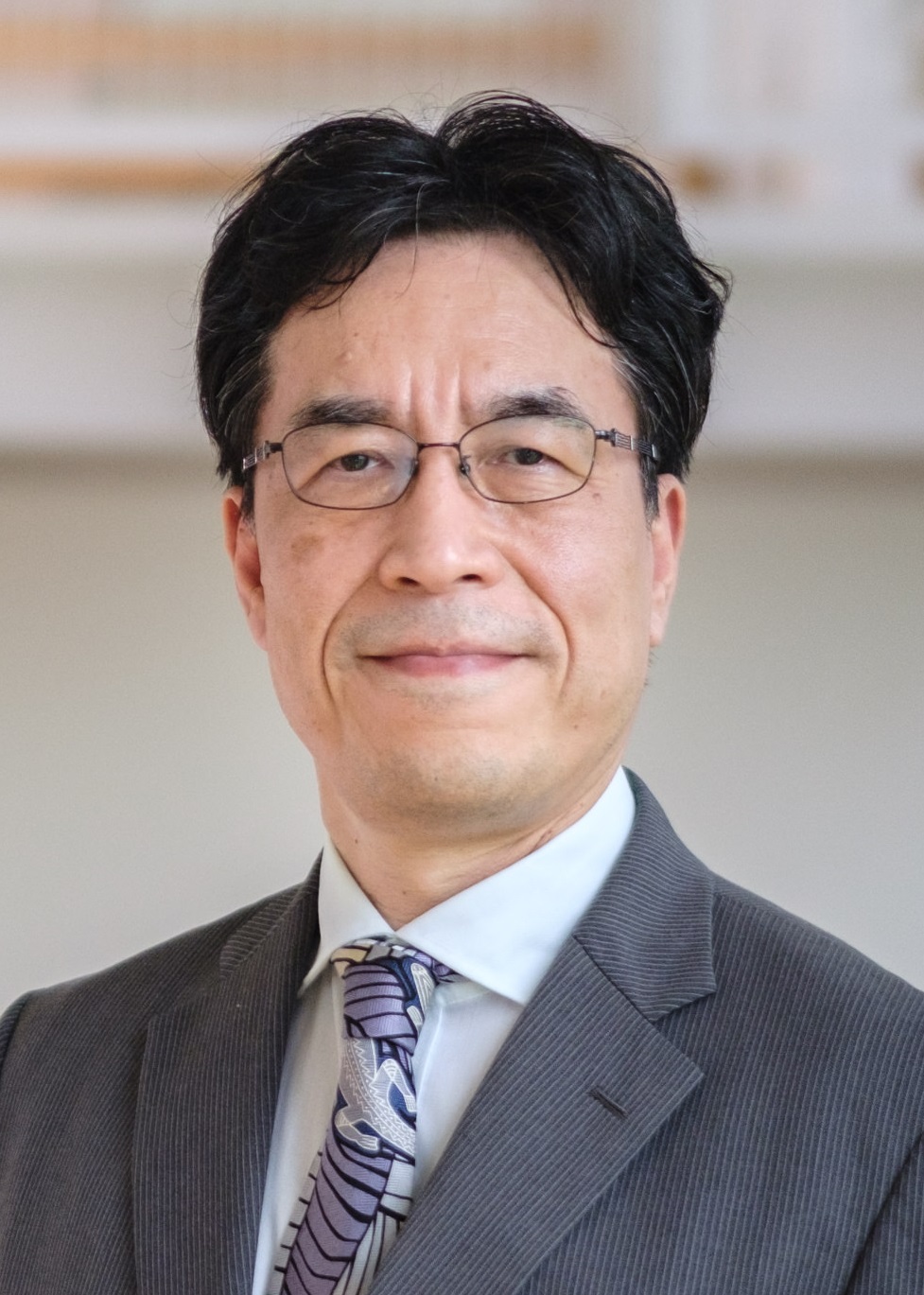2022.3.4
Public Relations Office Column "My Experiences of the Great East Japan Earthquake"

Professor Shinichi Egawa
Head, Public Relations Office
International Cooperation for Disaster Medicine Lab
Eleven years have passed since the Great East Japan Earthquake. In the afternoon of March 11, 2011, I was in my room on the 8th floor of the Tohoku University School of Medicine, after my Friday morning outpatient clinic. Feeling a sudden violent shaking, I could not move at all and started thinking, “This is a very big earthquake. It must be the Miyagi prefecture offshore earthquake we anticipated.” I felt relieved as the first shakings subsided, but the feeling was momentary. The second violent quakes came soon afterwards, the intensity of which was even stronger. Watching books falling off from bookshelves, I concluded that my situation should be safe. I thought, “My office is rather small and has pillars in four corners, and thus shouldn’t be too fragile. There are no heavy objects falling down to put me under either.” However, I also concluded, “If the ceiling or the floor falls out, I would die.” I endured the time, holding my laptop in my arms, thinking, “I would need this when I survive.” Soon after the trembles subsided, I left my office to confirm the safety of all members of the medical office and remote laboratory, and evacuated them outside. Responding to the announcement that Tohoku University Hospital immediately set up the disaster response headquarters, I joined them to assess damages of the hospital and other related hospitals. Within Tohoku University Hospital, there is the main office of Gonryo Kyougikai, which is a nonprofit organization for collaboration among the university hospital and affiliated hospitals, and where I have been involved in its management as the Secretary General since 2008. Those experiences and the laptop computer I brought helped me considerably in grasping the situation.
A year after the earthquake, Dr. Susumu Satomi, who was the hospital director at the time, became the president of Tohoku University, and I was appointed as a professor of International Cooperation for Disaster Medicine Lab, IRIDeS. Having dealt with many patients with intractable pancreatic cancer, I have come to the realization that the only thing I can be sure of is “We will all die someday. And both the universe and the earth have beginning and end.” It seemed strange but at the same time natural to me that our country achieved the world’s longest life expectancy and disaster resilience. Also, I wished to unravel differences and similarities between the usual medical care and disaster medicine. Since then, I have been studying and writing papers on the disaster medical system and its development after the earthquake, including DMATs, disaster base hospitals, disaster medical coordination, disaster medical information systems, and wide area transportation, all of which I did not know much about at the time of the 2011 earthquake.
The Sendai Framework for Disaster Risk Reduction, the global guideline formulated at the Third United Nations World Conference on Disaster Risk Reduction in 2015, refers to the word “health” 34 times, seeking to protect people’s physical and mental health in harmony with the SDGs and the framework for adaptation to climate change. Misfortune happens anytime, but we human beings can turn misfortune into fortune. I hope that every one of us will cherish our short but indispensable lives.
